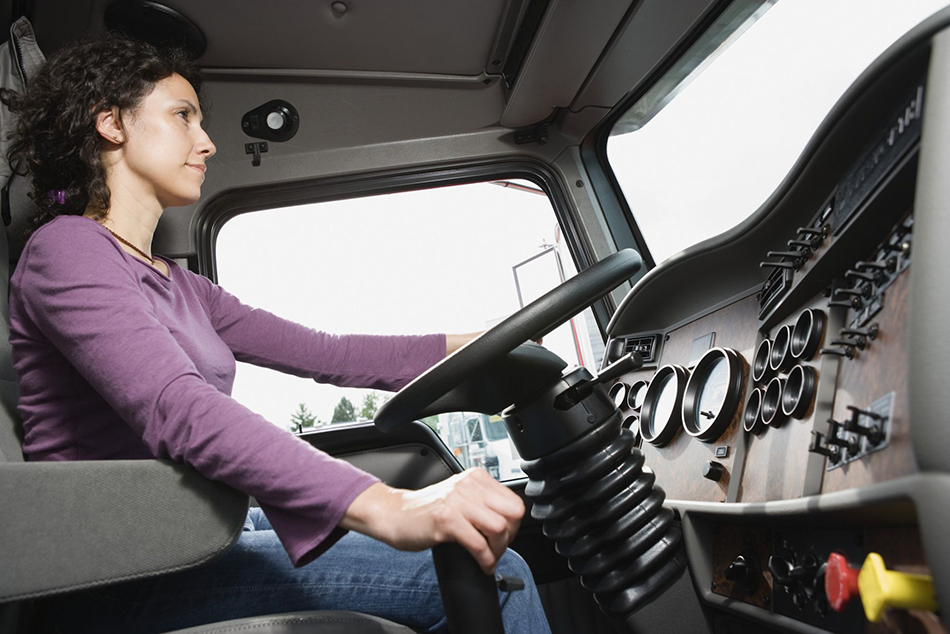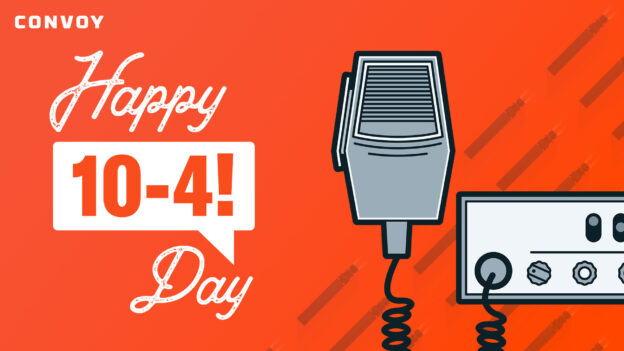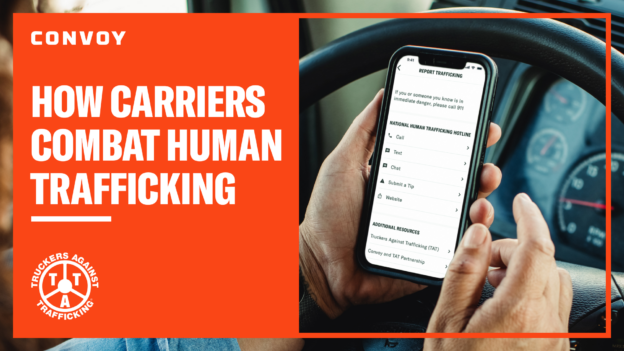FMCSA provides welcome guidance on personal conveyance
Carriers • Published on June 11, 2018
Historically personal conveyance has been troublesome for drivers. Personal conveyance is when a driver uses their Commercial Motor Vehicle (CMV) for personal use while off-duty, such as finding a safe place to park in order to rest while off-duty. Applied incorrectly, a driver could be sited for Hours of Service (HOS) violations. Unfortunately, the Federal Motor Carrier Safety Administration (FMCSA) left the rule largely up to interpretation, which resulted in variances in the way it has been enforced and uncertainty on the part of motor carriers about when they could apply the rule.
That all changed recently when the FMCSA issued guidance about the personal conveyance rule. Not only did they clarify when and how the rule should be used, they also offered drivers more flexibility in its application. With the ELD mandate in full effect, this comes as welcome news to carriers and drivers, who may be better able to manage, and more efficiently use, their available hours of service.

Motor carriers may, but are not required to, authorize drivers to use a CMV while off-duty for personal conveyance. The FMCSA recommends that carriers have a policy in place on what they do or do not allow regarding personal conveyance, including any limits. And of course, the use of personal conveyance must be documented in a driver’s logs, whether electronic or on paper.
Following are some key highlights of the new personal conveyance guidance:
Personal conveyance can’t be used to advance “operational readiness”
What does that mean? It means that using personal conveyance is for personal reasons – for example finding a safe place to rest or eat. Moving your truck under personal conveyance cannot advance the load. Let’s look at an example:
A driver runs out of hours in an unsafe location to park their truck. The drivers goes off-duty at that point and moves under personal conveyance to the NEAREST safe parking spot where they would remain off-duty. That would be a valid use of personal conveyance.
If on the other hand the driver passed several safe and suitable locations (the FMCSA does not define this, so it’s up to the driver’s best judgement) to park in order to end up closer to the next pickup or dropoff, that would be considered advancing the load and would not count as personal conveyance.
There are no mileage or time-of-day limits
Here is where some of the flexibility comes in with the new guidance. Carriers can drive as far as they need, at any hour of the day, to get to a “safe and reasonable” place to park and to continue their off-duty time.
The vehicle can be laden (loaded with freight in the trailer) or unladen
This is a huge improvement to the rule, which formerly forbid movement for personal conveyance while laden! A common scenario, that used to play out all over the country every day, was drivers getting stuck at a facility because they were out of hours, but couldn’t move their truck because it was laden. If a shipper forced the carrier to leave the premises, the carrier had to violate their HOS to get to a safe place to rest, and hopefully be able to explain that to a law enforcement official to avoid a citation! No more. Laden or unladen a driver can move under personal conveyance.
Personal conveyance is off-duty time
This goes without saying, but when using personal conveyance, a driver is in an off duty status. This means that the driver must be relieved from work and from responsibility by the employer. On the positive side, it also means that driving under personal conveyance does not eat into a drivers on-duty time. Hopefully in the long term, this means that driver’s can spend more of their precious time completing loads and getting paid and less time using valuable on-duty time looking for parking.
Personal conveyance can be used to move the vehicle while parked
As long as a driver is not advancing the load, he or she can move the truck to grab a bite to eat, get some exercise, find a bathroom, or move the truck at the request of a law enforcement official. In these scenarios, a driver would remain off duty and move under personal conveyance.
Personal conveyance can be used to commute to and from home
If the carrier allows it, drivers can commute from home to their terminal and from their terminal to home in their CMV under personal conveyance, as long as that move is not on-duty and does not advance the load. Keep in mind that leaving home to drive directly to the pickup location would typically be considered “advancing the load” and would be done while on-duty, and not under personal conveyance. Similarly, after dropping off a load the driver would typically still be on-duty while returning to their terminal, and again not under personal conveyance.
We are happy that the FMCSA provided this guidance. It’s great news for drivers and may help ease some of the added pressure from the ELD mandate.
If you’re a driver, talk with your employer to learn about any new personal conveyance policies that you can take advantage of for your next haul.
More information on this subject can be found at can be found at www.fmcsa.dot.gov/personal-conveyance-guidance
Carriers: Keep your trucks full on lanes you like to run. Sign up with Convoy.
Shippers: Learn how to choose the best freight partner and ensure you work with quality carriers. Read Convoy’s guide to freight shipping.



